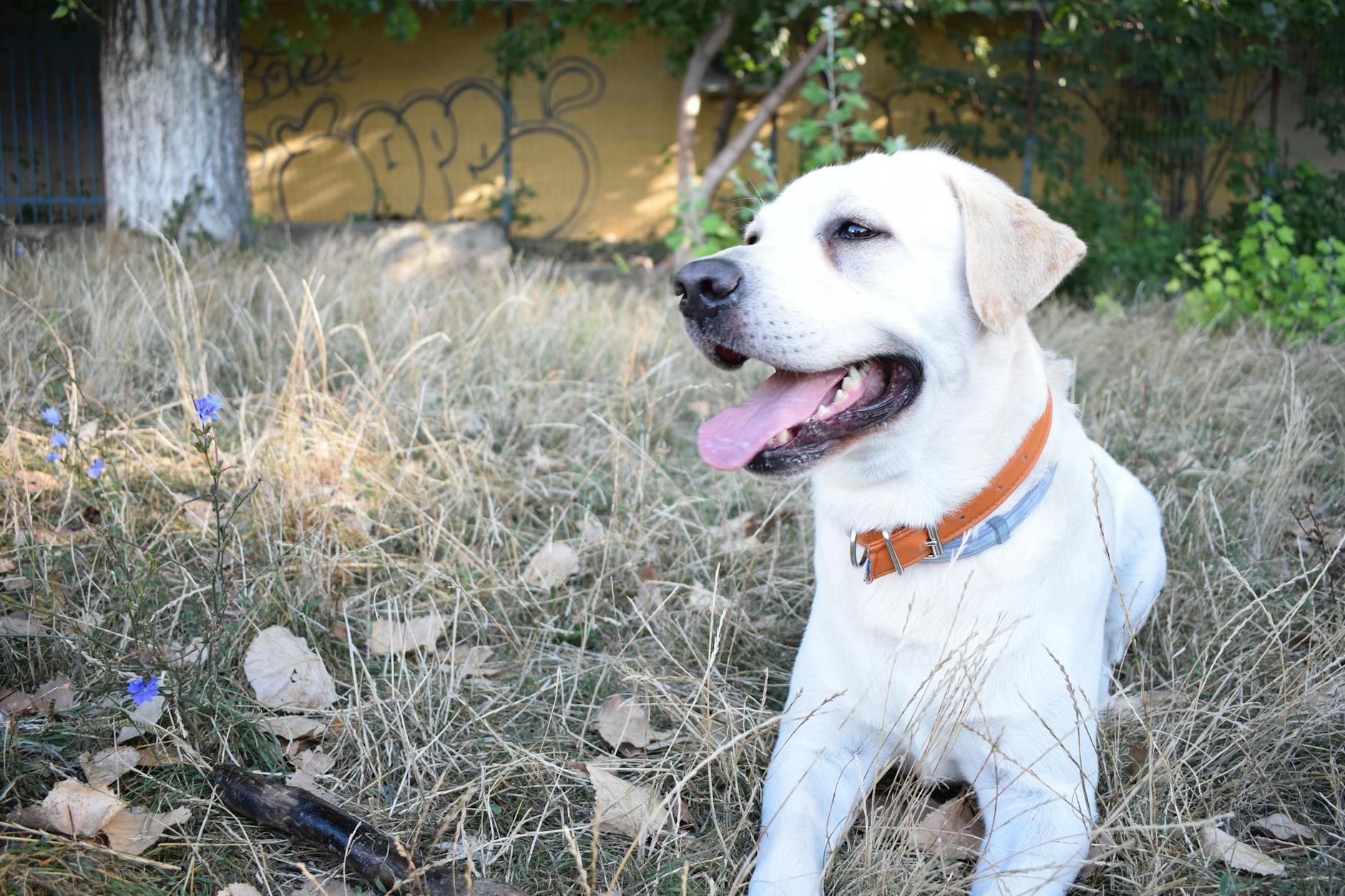How to Ensure Safe Dog Training Practices in Australia

Dog Training Fundamentals
Mastering dog training fundamentals demands a nuanced approach that emphasizes understanding your dog's behaviour, patience, and reliable tools. As a compassionate advocate for animal welfare, I’m particularly concerned about the ethical use of training devices like dog electric collars. Many pet owners in Australia are exploring these devices for their dogs, often curious about their effectiveness.
Core Principles of Training
The foundation of effective dog training lies in consistency, timing, and understanding your canine's behavior. Dogs thrive on structure and clear communication, so establishing consistent cues and responses is crucial. Incorporating regular check-ins with your local support network, such as the Brisbane Veterinary Hospital, can provide invaluable insights into effective training practices.
Positive Reinforcement Techniques
Promoting desirable behaviours through positive reinforcement techniques not only strengthens the bond with your pet but also encourages a joyful learning environment. Rewards such as treats, affection, or playtime can be more effective and humane than a shock collar. This approach can create positive associations and lead to long-lasting behavioral improvements.
Balancing Holistic and Traditional Methods
The integration of holistic practices alongside traditional training methods offers a balanced perspective on dog training. While some may consider using a citronella collar for specific behavioural issues, combining it with positive reinforcement can address behavioural challenges more effectively. Walking your dog on the trails of Mount Coot-Tha can provide both a practical setting for training and an opportunity to observe your pet in varying contexts. This synergy of different training modalities encourages a well-rounded and humane approach to dog behavior therapy.
Addressing Safety Concerns
Bringing technology into canine training can be invaluable, but it’s essential to focus on safety and understand the tools you use. It's crucial to identify potential hazards when introducing technology into a dog's environment. Many pet parents can underestimate the risk of improperly used devices, including certain types of training collars dogs. This doesn't mean avoiding these tools entirely, but emphasising safe practices instead.
Safe Use of Training Tools
When it comes to training collars, selecting those designed with safety as a priority is key. A well-chosen collar used under appropriate guidance can enhance training without causing harm. Understanding how to properly fit and operate these tools can make all the difference. A safe collar should be adjustable, comfortable, and not constrict a dog’s movement or breathing. Using these tools safely starts with comprehensive research and consulting resources such as the Brisbane Veterinary Hospital for expert advice.
Monitoring for Stress and Anxiety
Incorporating tools like gps dog tracking not only ensures the dog's location is traceable but also assists in monitoring their well-being. Keeping an eye on indicators of stress or anxiety in dogs is significant, particularly when introducing new objects like training collars. At places like South Bank Parklands, observing your dog’s behavior carefully can provide real-time insights, allowing for prompt adjustments. Always remain attentive to body language signals or changes in behavior, which could signify discomfort or distress. Ensuring your furry companion feels secure will help promote a trusting and responsive relationship.
Incorporating Technology
Benefits of Tech-Based Tools
As a pet welfare advocate, I understand the importance of using technology thoughtfully to improve canine training. One tech-based tool, the electric dog fence, provides pet owners with a way to keep their dogs safely within boundaries, which is particularly beneficial for those who live near busy roads or areas prone to wandering wildlife. During your pet-friendly outings, like those at South Bank Parklands, knowing your dog can play safely within designated areas brings peace of mind.
In Brisbane, GPS and monitoring devices have gained popularity to track dogs' locations, enhancing safety during adventures. Despite their benefits, it’s essential to ensure they're responsibly used to prevent causing any unintended stress to your dog. These tools can offer real-time tracking, which is invaluable for ensuring your dog's safety, especially on trails like those at Mount Coot-Tha, where an adventurous pup might explore beyond your sight.
While these technologies can greatly benefit training, integrating them requires a balanced approach. Understanding the unique needs of each dog helps prevent misuse, such as avoiding the automatic application of shock collars for a dog that could lead to undue stress. Always evaluate the necessity and ethical considerations of these tools and strive to balance technological innovations with compassionate care.
Legal and Ethical Standards
Understanding Australian Regulations
Navigating the legal landscape of dog training in Australia can be intricate, yet it’s crucial for ensuring both safety and compliance in the field. As someone deeply invested in canine welfare, I've found that being aware of the specific regulations is key. When selecting tools like bark collars, it’s important to know that some Australian states have specific rules governing their use. Additionally, dog training and handling often fall under animal welfare acts, emphasizing humane treatment. Keeping abreast of these regulations helps practitioners avoid legal pitfalls and reinforces ethical training practices.
Promoting Ethical Training Practices
Promoting ethical training practices is not just a legal requirement but a moral obligation we owe to our canine companions. I advocate for training methods that prioritise the comfort and safety of dogs while also being effective. This includes the proper use of dog travel accessories, ensuring journeys are stress-free and safe for our furry friends. Ethical practices often involve continuous education on humane alternatives to coercive techniques, which aligns with my belief in using compassionate approaches for behavioural adjustments.
Staying Informed on Policy Changes
In this ever-evolving field, staying informed on policy changes is vital. This involves regularly reviewing new legislations that affect canine training and welfare. For instance, following updates from reputable veterinary bodies or subscribing to alerts from government animal welfare departments is beneficial. Continual learning ensures that we not only comply with new laws but also adopt the most ethical and effective training methods.
Avoiding Common Mistakes in Dog Training
Misinterpretations of Behaviour
In dog training, misinterpreting a dog's behaviour is a common challenge that can lead to ineffective outcomes. When you believe your dog is being disobedient, it might be responding to stress or confusion. It's crucial to understand that barking or whining are often signs of discomfort rather than defiance. A visit to the Brisbane Veterinary Hospital can help identify any underlying health concerns that may influence your dog's behaviour. By closely observing their cues and seeking professional guidance, you can foster a more harmonious relationship based on mutual understanding.
Overreliance on Training Tools
While training tools can be beneficial, relying too heavily on them can hinder your progress. Devices like shock collars may offer quick fixes but can harm your dog's well-being and trust in you. Instead, consider employing positive reinforcement techniques, such as treats and praises, during your strolls through the South Bank Parklands. This approach not only strengthens your bond but also promotes long-lasting behavioural change. Tools should bolster your training efforts, not replace the attention and love you give your pet.
Ignoring Individual Dog Needs
Every dog is unique, with its own set of needs and abilities. A one-size-fits-all method can lead to stress and anxiety, making your dog reluctant to engage in training. For tailored approaches, take advantage of the various terrains along the Mount Coot-Tha trails, where your dog can enjoy a stimulating environment. Incorporate activities that suit their preferences, and adjust your training pace accordingly. By focusing on your dog's individual needs, you can create a positive and effective training experience for both of you.


